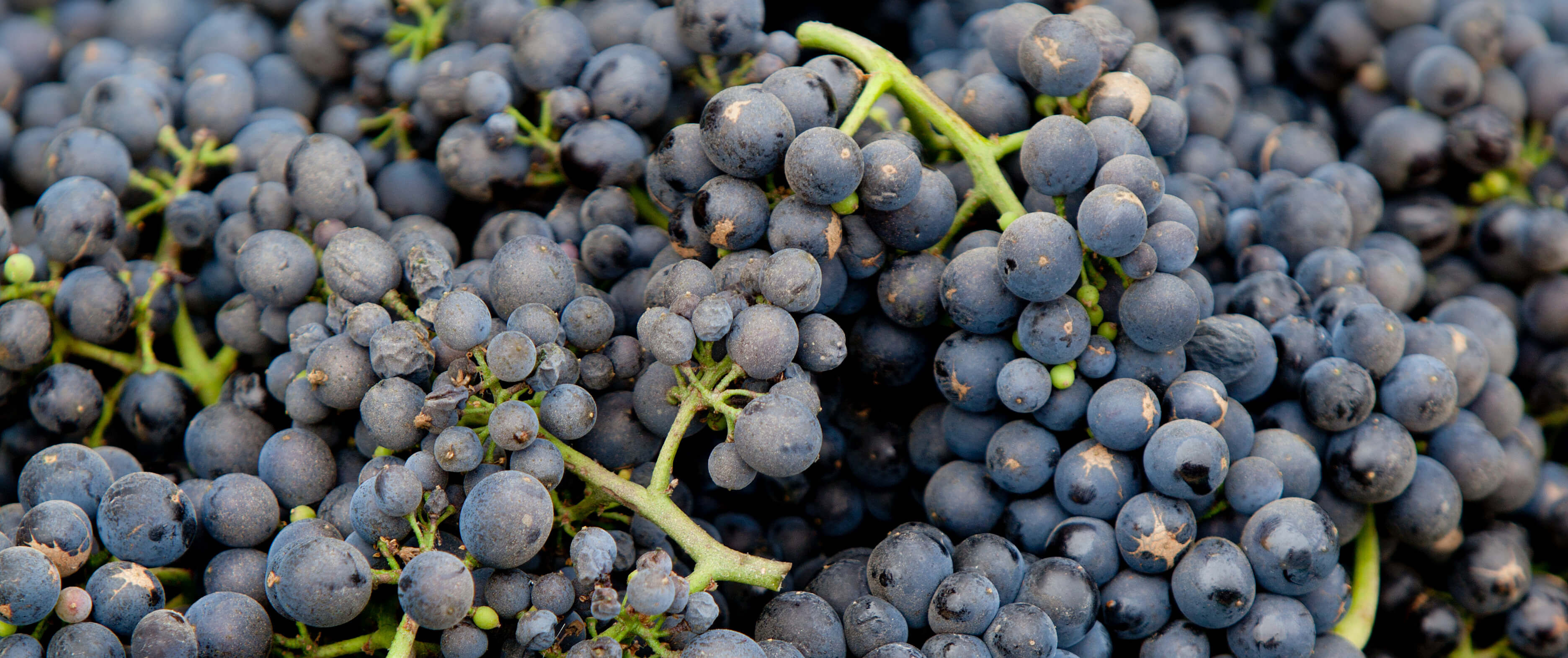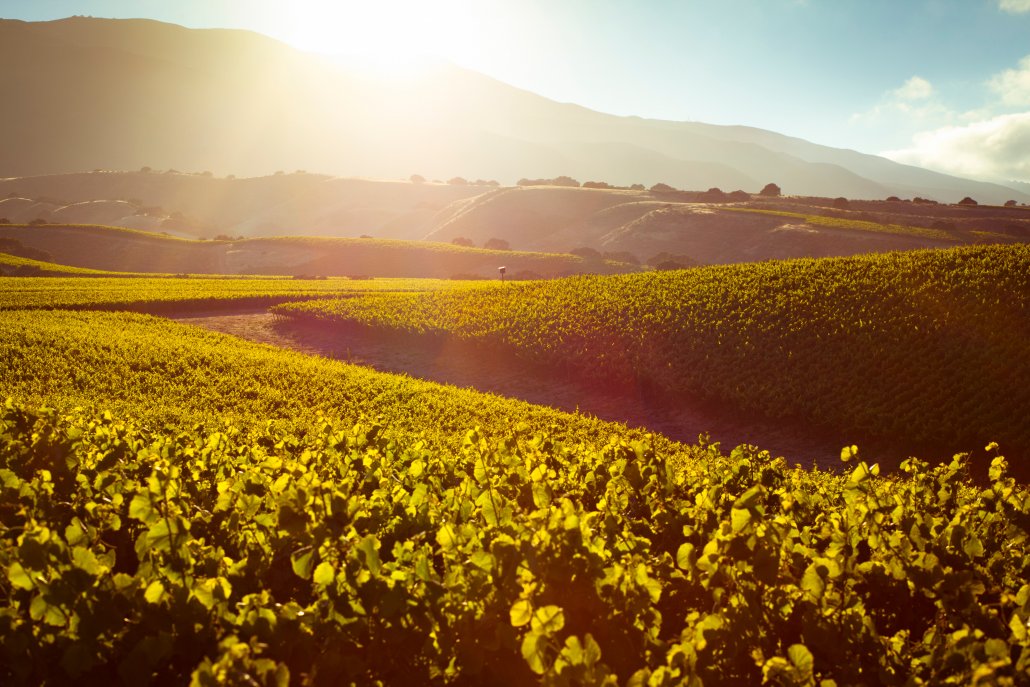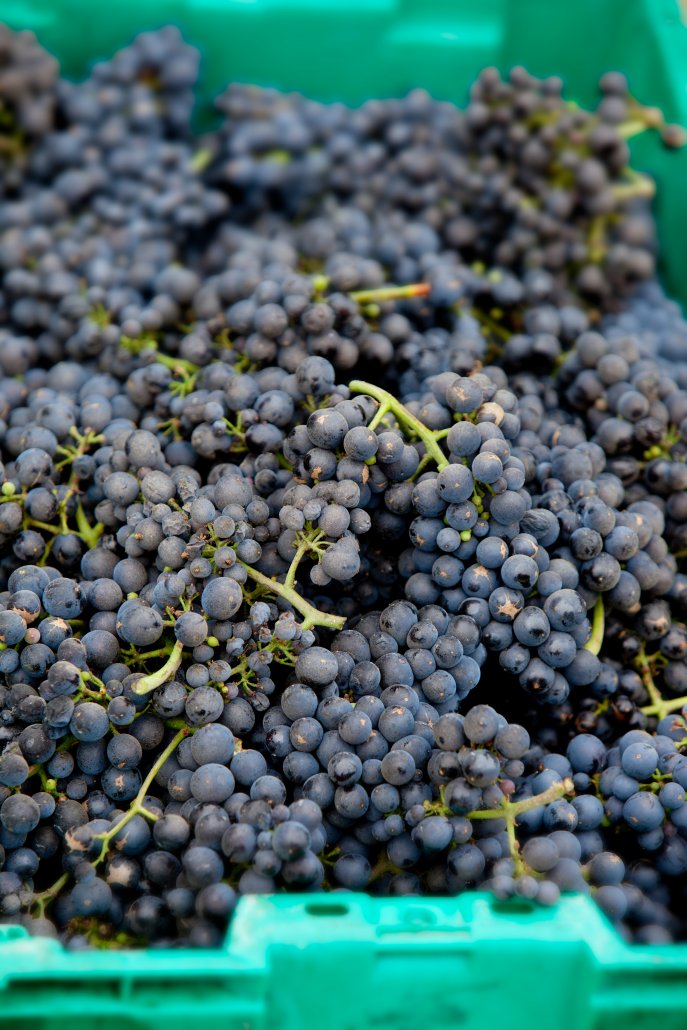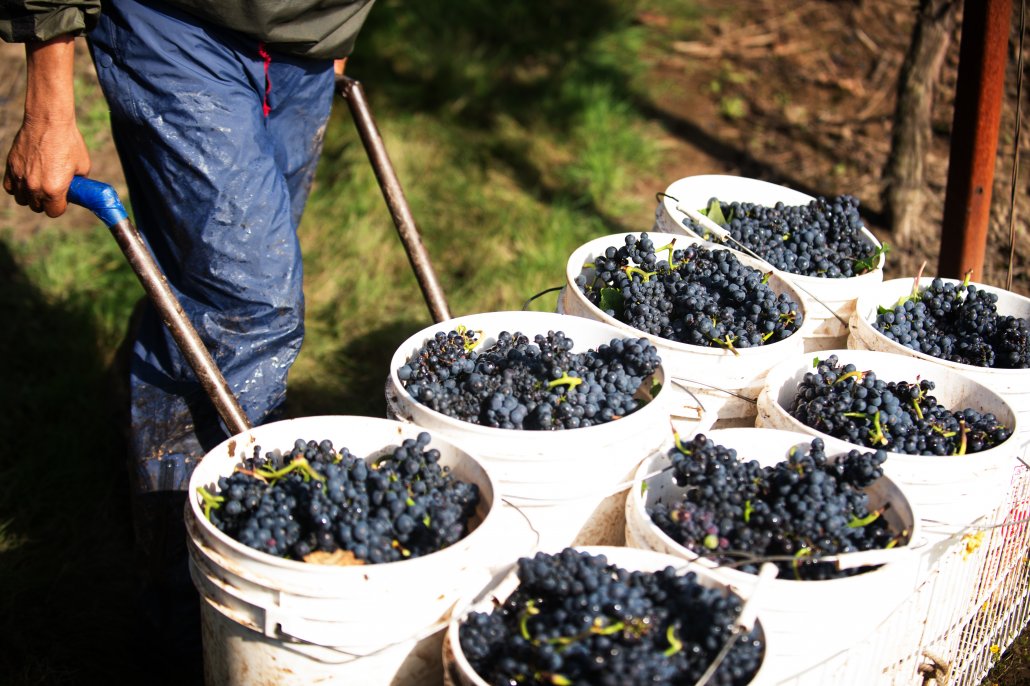
Recent Posts
The Complete Guide to Pinot Noir Grapes
December 11th, 2018
Pinot Noir Grapes
Pinot Noir grapes are one of the most ancient varieties of domesticated vitis vinifera, the vine that makes the world’s most famous wine grapes. Its first known mention of this red wine grape spelled as Pinot (Pineau was another common spelling) in literature dates back to a Burgundian text from 1375. This famous red wine grape previously was called Morillon, Noirien and Auvernat, and there’s a written reference to “Moreillon” (spelling varied greatly in those days) that dates back to 1283. The red Pinot Noir grape is so old that it is the grandparent of Sauvignon Blanc and the great-grandparent of Cabernet Sauvignon. According to the tome Wine Grapes, Pinot Noir and the currently rarely cultivated Gouais Blanc created 21 known wine grape varieties – including the ever-popular Chardonnay, all of which occurred via spontaneous crossings that happened over time. However, we have no idea of Pinot Noir’s parentage so far. The origin of Pinot Noir’s name also remains a mystery. It may have come from the shape of its grape clusters, which vaguely resemble a pinecone. The French call a pinecone an “apple of the pine”, or pomme de pin. The name could also come from a town or area where the grape used to grow. For example, in the center of France, there is a town called Pignols – referring to pine nuts – and the Pinot Noir grape has been grown there since the Middle Ages. Maybe one day we’ll know the true story.PINOT NOIR GRAPES IN THE VINEYARD

Photo by Eric Wolfinger
PINOT NOIR CLONES

Pinot Noir in Harvest Bins
CERTIFIED SUSTAINABLE VINEYARDS AND WINERY

La Crema features Certified Sustainable Pinot Noir Grapes
LIFE CYCLE OF PINOT NOIR GRAPES
Grape vines are perennials that can live very, very long lives. However, they don’t produce fruit for the first few years. Most wineries do not even have a crop off a new grape vine until it reaches its third harvest. The annual grape cycle begins in the winter, when the dead, wood material from the previous growing season is pruned, or cut off, the dormant vine. As temperatures warm, the “bleeding” of sap begins from the pruning wounds. Next, buds appear on the vine then “break”, or open up. About four to six weeks later, the buds bloom, or flower, on the vine. These are called inflorescences. Amazingly, it takes only ten to 14 days for these pretty inflorescences to become itty-bitty grape clusters! From budding to fruit set, the season’s new crop is very vulnerable to everything from wind and frost to rain and hail, all of which can affect fruit set. This, in turn, can greatly lessen the year’s crop potential. As the days get longer and – usually – warmer, the Pinot Noir grape vine edges toward veraison, which is the change in grape skin color. Once the color begins to change from near neon green to purple-blue, the seeds within the grape also begin to ripen. At last, harvest arrives! The picking date depends on the Pinot Noir wine style desired. Earlier picked Pinot Noir grapes tend to have lighter color, more lively acidity, somewhat crunchier tannins and lower alcohol. Later picked grapes usually give more color and alcohol with smoother tannins and less noticeable acidity. Once the fermented wines are aging in their tanks or in their barrels, the leaves on the vines light up in yellow, gold, orange and red. Eventually they fall, and the vine hibernates until the cycle starts all over again.FOR THE LOVE OF PINOT NOIR GRAPES

Pinot Noir Being Such a Reflection of Terroir Necessitates a Large Pinot Noir Portfolio








